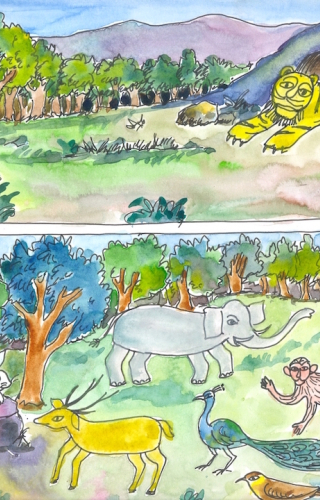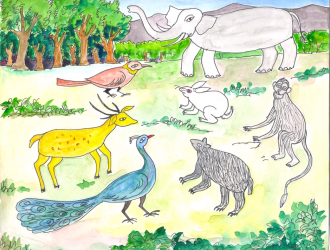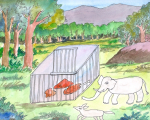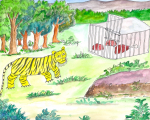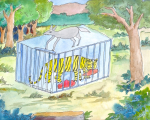Bastar is a culturally significant region in the state of Chhattisgarh. Home to a number of oral epics and folk tales, about 70 per cent of the total population of Bastar belong to its various tribes. The major tribes of the Bastar region are the Gond, Abhuj Maria, Bhatra Bhatra, Pit Bhatra, Amnit Bhatra, Halbaa, Dhurvaa, Muria and Bison Horn Maria. The Gonds of Bastar are one of the most famous tribes in India, known for their unique Ghotul system of marriages. Gonds are also the largest tribal group of central India. Verrier Elwin wrote, 'The message of the ghotul – that youth must be served, that freedom and happiness are more to be treasured than any material gain, that friendliness and sympathy, hospitality and unity are of the first importance, and above all that human love – and its physical expression – is beautiful, clean and precious, is typically Indian.' Elwin wrote his famous work Leaves from the Jungle: Life in a Gond Village based on his ethnographic work among the Gonds of Bastar region. Known for handicrafts such as Dhokra metal work and wooden craft, Bastar boasts of uniquely exquisite vessels, jewellery, and the decorative images of deities. Khem Vaishnav who drew this folk tale of the arrogant tiger is a famous wall painter from the region of Bastar. Khem Vaishnav has also collected and published the rice goddess oral epic of the region.
Khem Vaishnav's folk tale narration follows the oral narration of the tale in his native region. Adopting the realistic watercolour drawing techniques for narrating his tale, Vaishnav prominently captures moments of dialogues and actions in his successive picture frames. For the introductory picture, Vaishnav adopts two frames within a frame to present the setting in the forest. Afterwards, he adopts alternatively the moments of dialogue with the moments of action in the tale. Pictorially, the narration would not make sense without the words and as such it suggests that pictures are a supplement to the oral telling of the tale.
